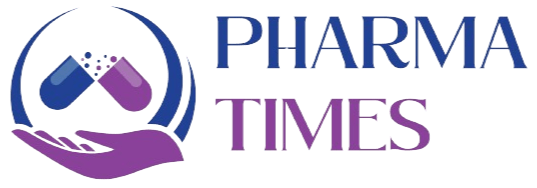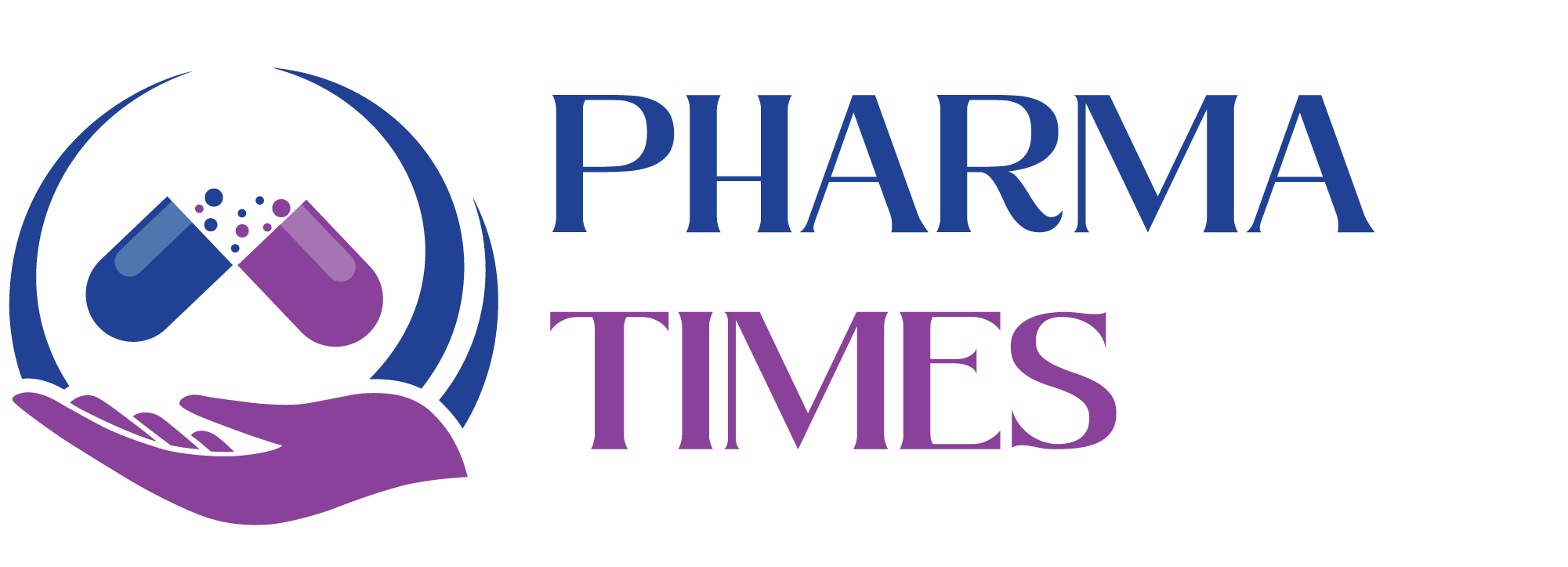“The HLB System in Pharma: Importance, Values, and Applications”
Exploring the HLB Scale in Pharmaceuticals: Significance and Applications
The Hydrophilic-Lipophilic Balance (HLB) system serves as an essential tool in pharmaceutical formulations, aiding in the selection of surfactants and emulsifiers for products such as lotions, creams, and emulsions. Introduced by William C. Griffin in 1949, this scale measures the equilibrium between a surfactant’s hydrophilic (water-attracting) and lipophilic (oil-attracting) properties. By using this system, formulators can anticipate how a surfactant will behave in different emulsions and drug delivery systems, ultimately ensuring the product’s stability and effectiveness.
The Role of HLB in Pharmaceutical Formulations
In the realm of pharmaceuticals, surfactants play a critical role in processes like emulsification, solubilization, and improving the bioavailability of hydrophobic drugs. The HLB system simplifies the task of selecting an appropriate surfactant for any formulation by assigning a specific value that represents its solubility. Surfactants with lower HLB values are more suited for water-in-oil (W/O) emulsions due to their lipophilic nature, while those with higher HLB values are hydrophilic and ideal for oil-in-water (O/W) emulsions.
HLB Values Explained: A Breakdown
- 1-3: Anti-foaming agents – Surfactants with very low HLB values are used to minimize foam formation, making them suitable for certain ointments and liquid formulations.
- 3-6: Water-in-oil (W/O) emulsifiers – These help stabilize water droplets dispersed in oil, often used in thicker, oil-rich formulations like creams and balms.
- 7-9: Wetting agents – Surfactants in this range improve the spread of liquids over a surface by reducing surface tension, commonly used in topical products.
- 8-16: Oil-in-water (O/W) emulsifiers – These stabilizers work best for emulsions where oil droplets are suspended in water, making them ideal for lighter formulations like lotions.
- 13-16: Detergents – Surfactants with these HLB values excel at breaking down oils and are widely used in cleaning products and detergents.
- 16-18: Solubilizers – These high HLB surfactants help dissolve oils into water, making them useful for incorporating fragrances or oils into liquid solutions.
Why HLB Is Crucial in Pharmaceutical Formulations
Selecting the right HLB value ensures the stability and functionality of a product. For instance, in topical creams, the proper surfactant prevents the separation of oil and water, maintaining the product’s integrity and enhancing its performance. Similarly, in oral formulations, the correct surfactant can improve the solubility of water-insoluble drugs, thereby increasing their bioavailability and effectiveness.
Conclusion
The HLB scale offers a valuable framework for selecting surfactants and emulsifiers in pharmaceuticals. By determining the optimal HLB value, formulators can ensure the stability, efficiency, and safety of various drug delivery systems. This balance is essential for maintaining the quality of emulsions, suspensions, and other complex formulations.
Understanding and applying the HLB scale allows pharmaceutical scientists to create products that meet both industry standards and consumer expectations, ensuring effective treatment outcomes.


Please gives us total calculation